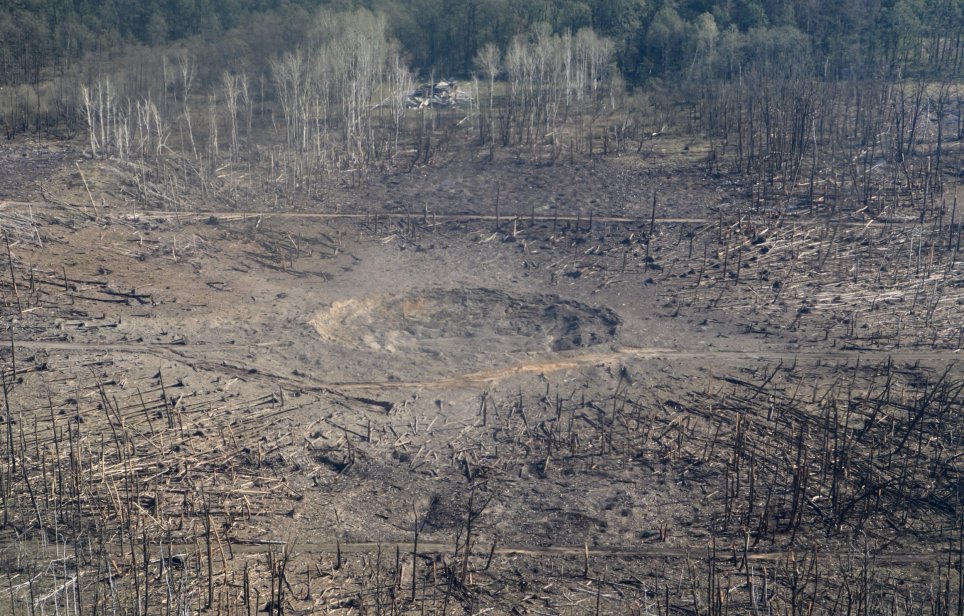
“So we did this Russian new-generation warfare study — that’s what essentially spotlighted for us that there were old technologies being used in new ways and new technologies being used in new ways, and the combination of those are creating gaps that we do not have solutions for,” said Maj. Gen. Bo Dyess, acting director of the Army Capabilities Integration Center.
“Even a most casual look into what Russia is doing in eastern Ukraine today tells us insights into what a multi-domain battle environment will look like,” according to Maj. Gen. Duane Gamble, the commanding general of 21st Theater Sustainment Command. “It will require us to operate and sustain operations in an unforgiving lethal environment, one in which our Army [has] not operated in since World War II or some of the battles in Korea.”
"Multi-domain battle" describes the coordination of the five domains of warfare: Land, Sea, Air, Space, Information/Cyber. The employment of each of these domains by itself is not difficult to counter. The employment of each of these domains as a package amplifies the threat posed by each individual domain. That's why the U.S. and Russian (and other) militaries have adopted and expanded multi-domain warfare.
The Russian military over the past ten years has excelled in developing commercial technology solutions to outmatch, counter, or otherwise exploit vulnerabilities in the U.S. military.
Drone technology is a prime example. In future wars, U.S. soldiers will not enjoy the luxury of having large camps or small forward operating bases. They will be be on the move, stopping to rest for a couple hours max, until a drone spots their location and calls for fire. In fact, this poses particular challenges to logistics, as well, because re-supplying soldiers in the field will be extremely risky. Not only can U.S. supply-drones be targeted while en route and before delivery, but small drones operated by enemy nation-states or state-backed insurgents can follow these drones to a drop location and then call in airstrikes once U.S. soldiers arrive.
This is not from a science fiction novel. At least twice this year, Russian-backed separatists fighting in Ukraine have targeted ammunition depots in the country. The most recent attack which happened last week destroyed 188 tons of ammunition. Initial reports from both attacks claim that drones operated by the separatists were armed with thermite grenades. U.S. versions of the grenade burn at 4,000-degrees Fahrenheit. (The article's photo is the aftermath of last Tuesday's ammunition depot explosion.)
As the nature of warfare changes, artificial intelligence and autonomous drones will make the battlefield of the future more lethal, at a time when the U.S. is struggling to find ways to defend against these advancements.
Beep! Beep! This humvee has patrolled by your post and approves of its content. @shadow3scalpel will be supporting new veterans, retirees, and military members on Steemit. If you would like to support this project simply give this comment an upvote and see @chairborne's page for a list of members and other ways to support the veteran's community.

Downvoting a post can decrease pending rewards and make it less visible. Common reasons:
Submit